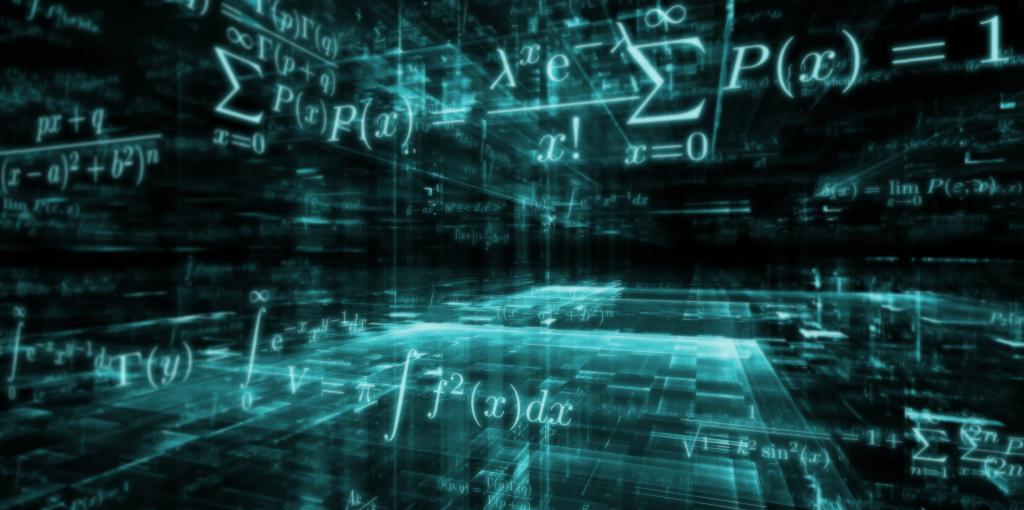Admission CTAs
Applied and Computational Math Seminar: The power of similarity solutions and scaling methods: measuring microfluidic flow-rates we can't even model
Speaker: Paul Patrone, National Institute of Standards and Technology
Title: The power of similarity solutions and scaling methods: measuring microfluidic flow-rates we can't even model
Abstract: Microfluidic devices are important tools with applications ranging from molecular biology and high-throughput “labs-on-a-chip” to the operation of inkjet printers. Despite this, measuring flow-rates in such devices remains a challenging task, especially in-situ and during continuous operation. Fundamentally, this problem arises from an inability of most measurement techniques to address and/or control uncertainties associated with device fabrication and operation, i.e. uncertainty in the geometry of a microchannel, physical processes coupling the flow to the measurement signal, etc. In this talk, I discuss a new measurement technique developed at NIST that overcomes these problems through recourse to similarity solutions and scaling methods for certain classes of non-linear, integro-differential equations. The physical setup underlying these methods is a microchannel with a fluid containing a fluorescent solute that, in addition to emitting light, can be destroyed in the presence of an excitation beam. Notably, we show that under a variety of generic conditions (e.g. monotonicity) describing the physics of fluorescence and bleaching, there exists a similarity solution that amounts to a one-to-one measurement signal between flow-rate and fluorescence intensity. Critically, the existence of this measurement signal can be deduced having only order-of-magnitude estimates of the device geometry and operating conditions, and a single-point calibration can be used to establish an absolute scale for all subsequent measurements. Moreover, such methods have the interesting property of decreasing absolute uncertainties when measuring flow-rates less than the calibration point. Experimental results confirm the validity of these results and point to a new class of measurement devices based on such methods.
Time: Friday, April 6, 2018, 1:30-2:30pm
Place: Exploratory Hall, Room 4106
